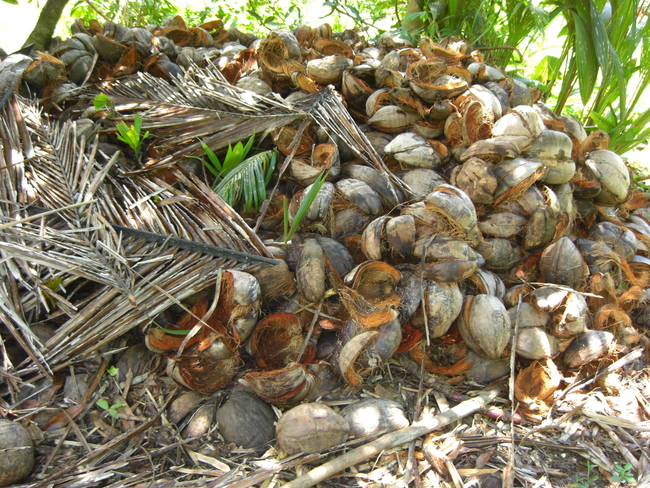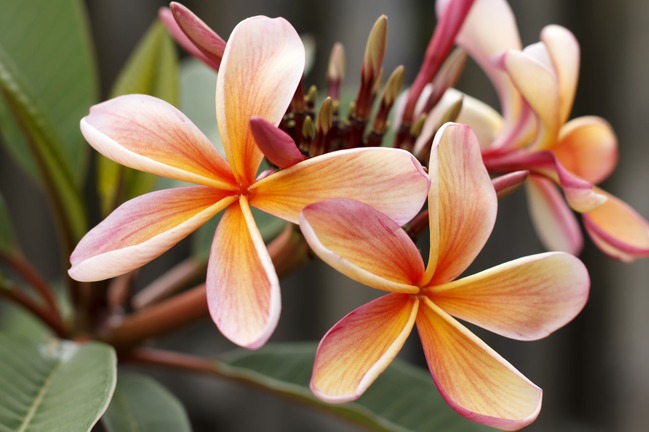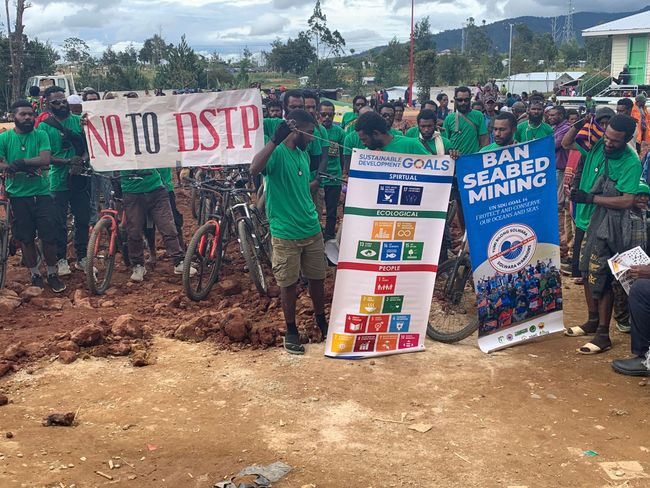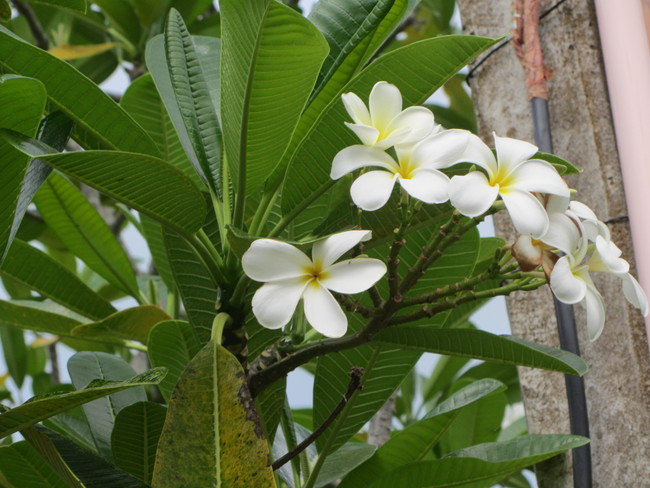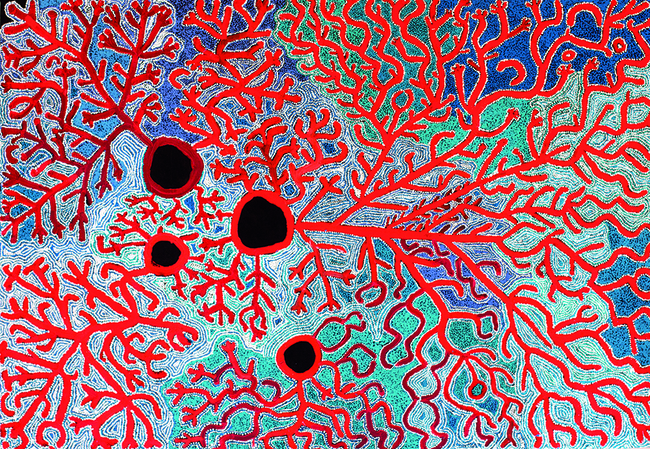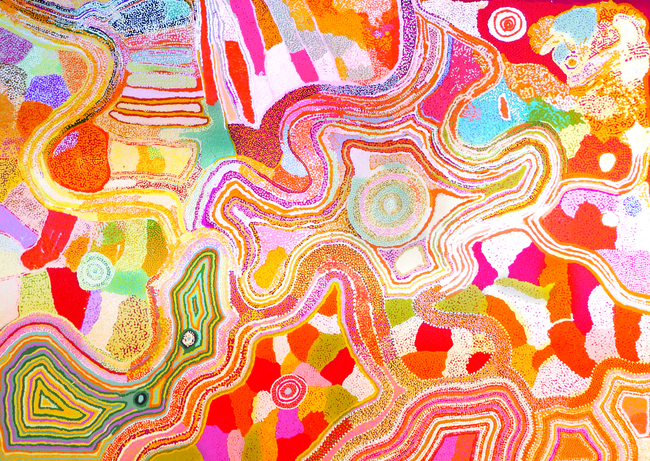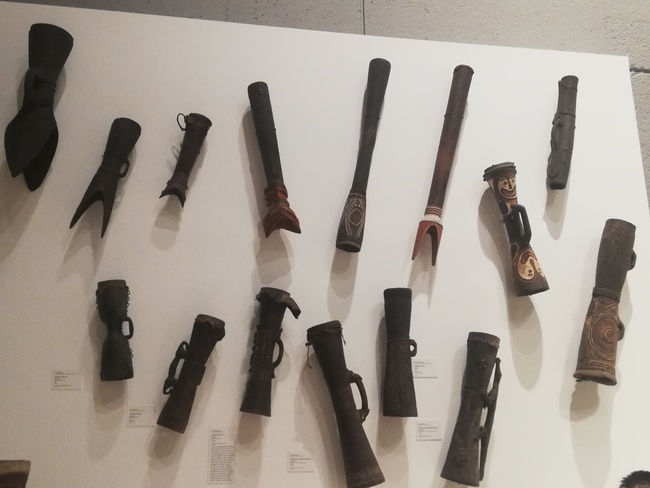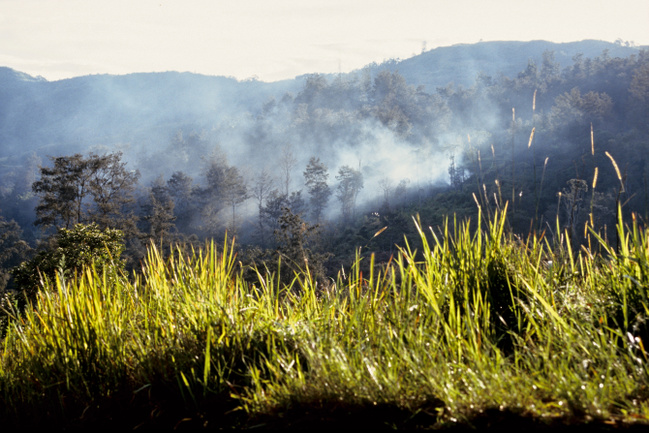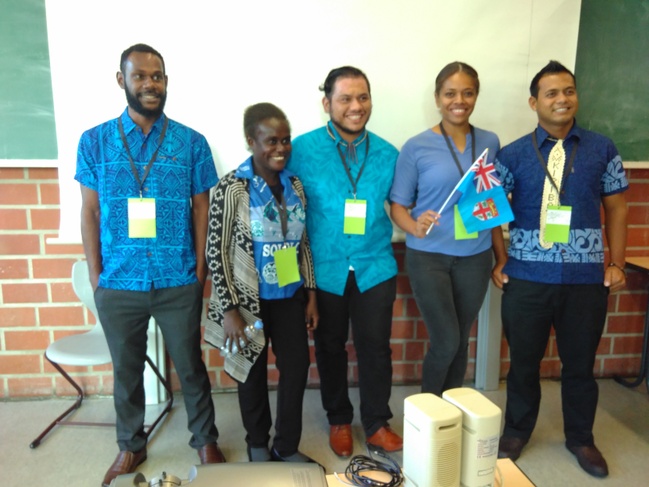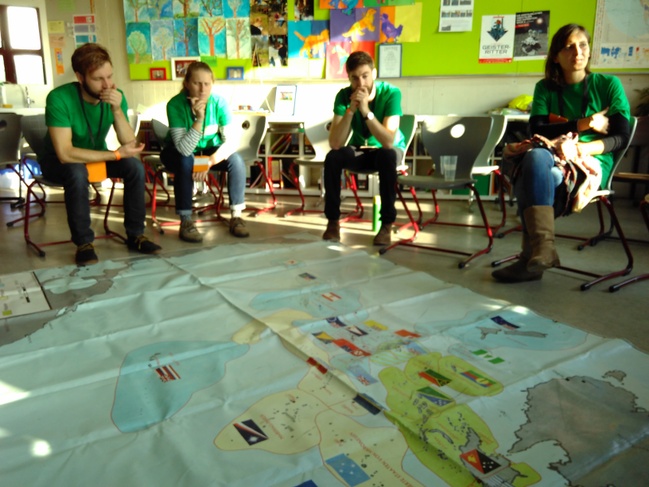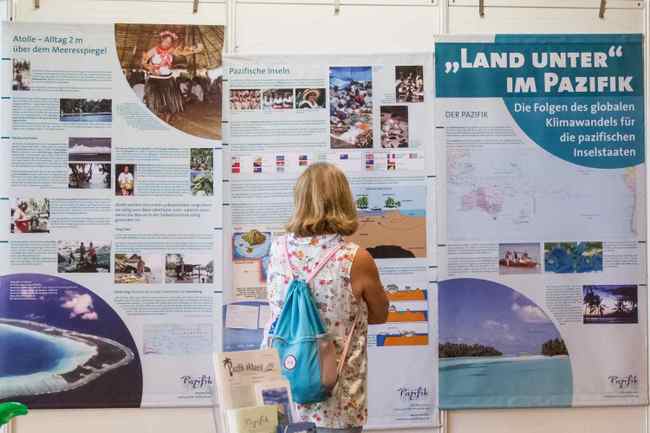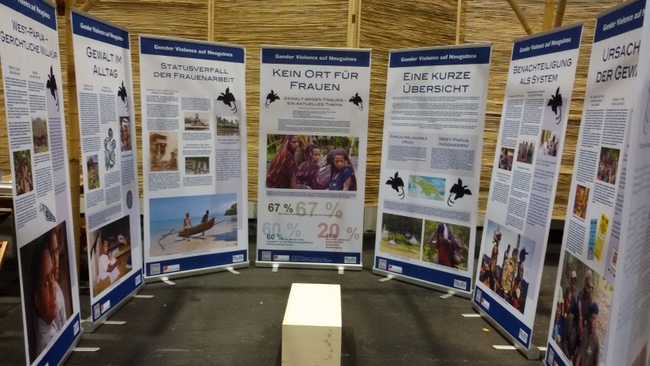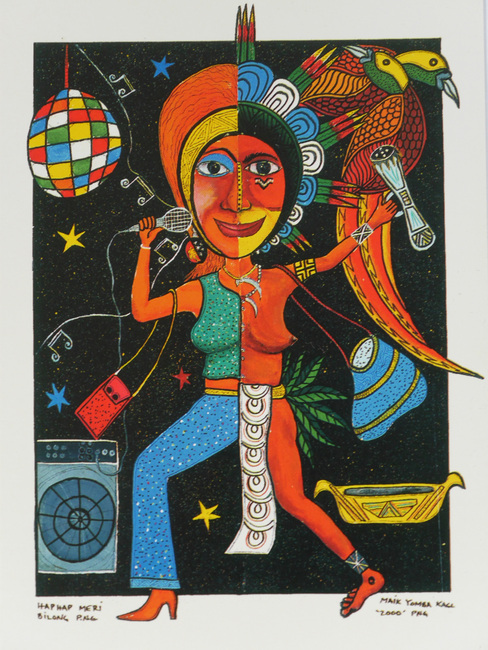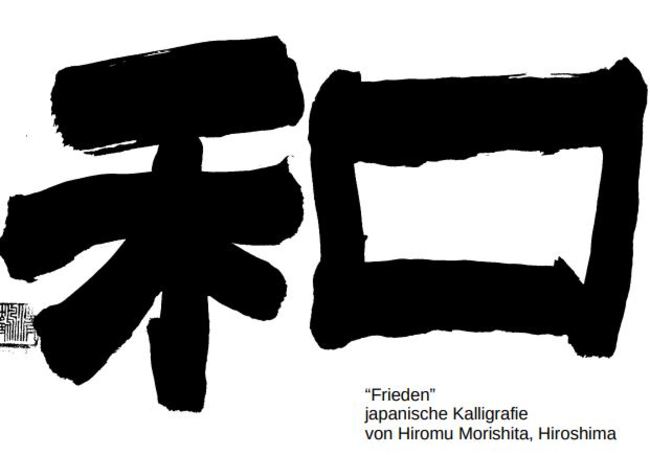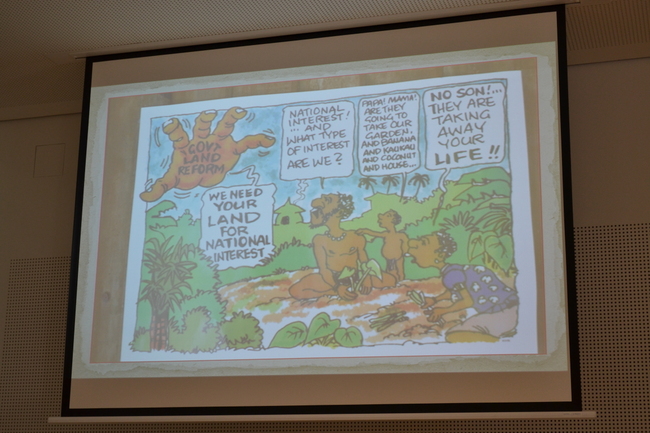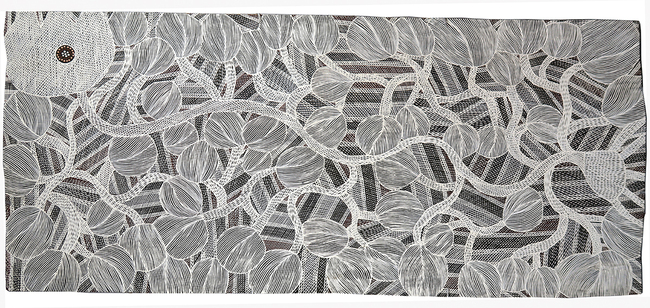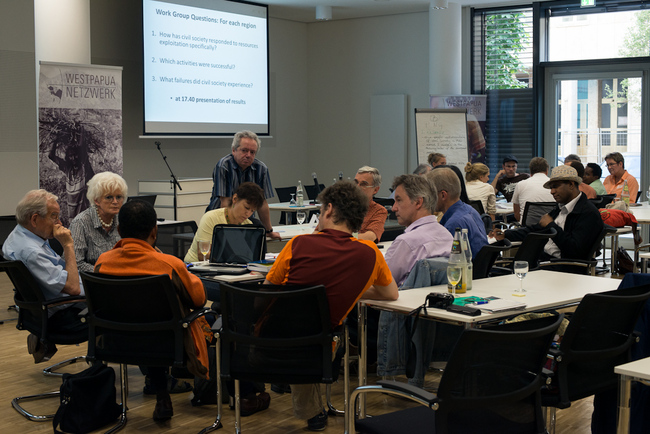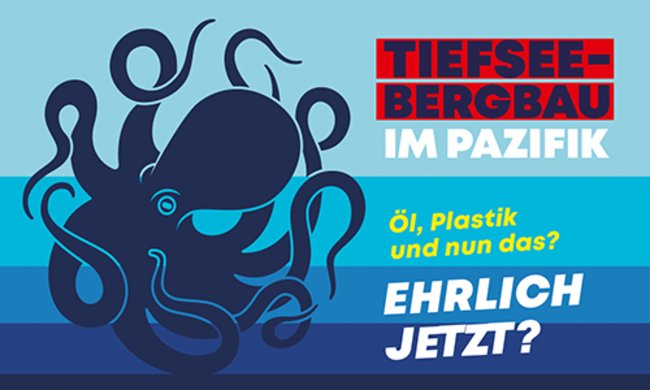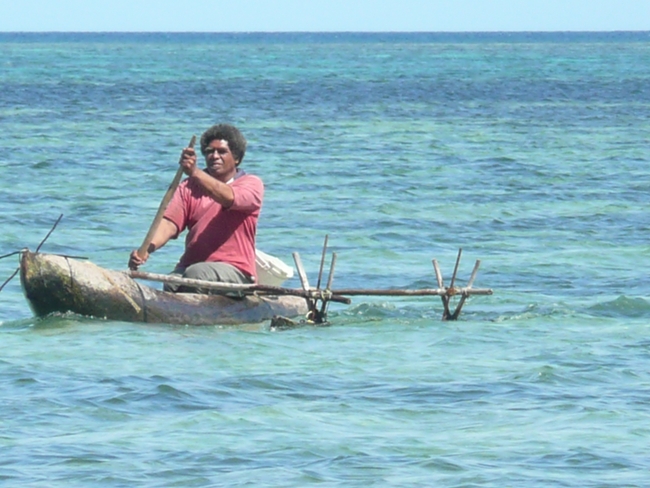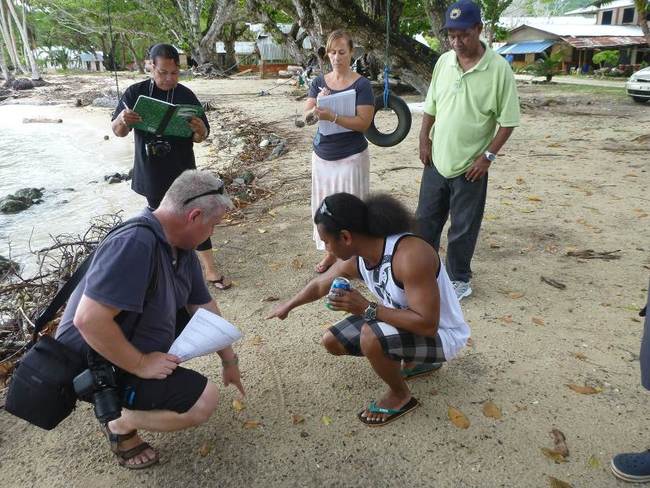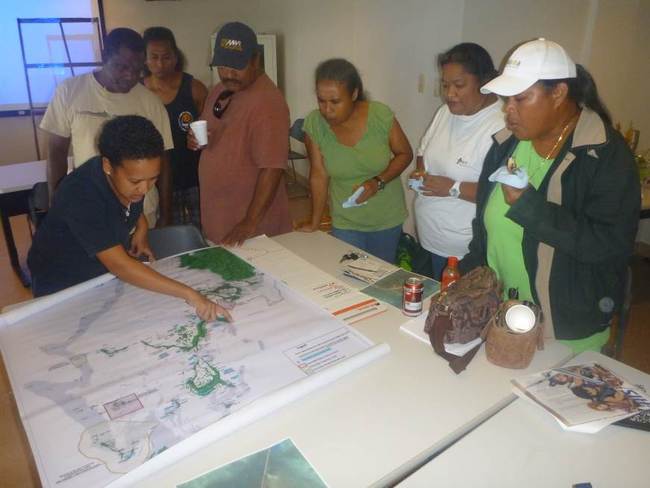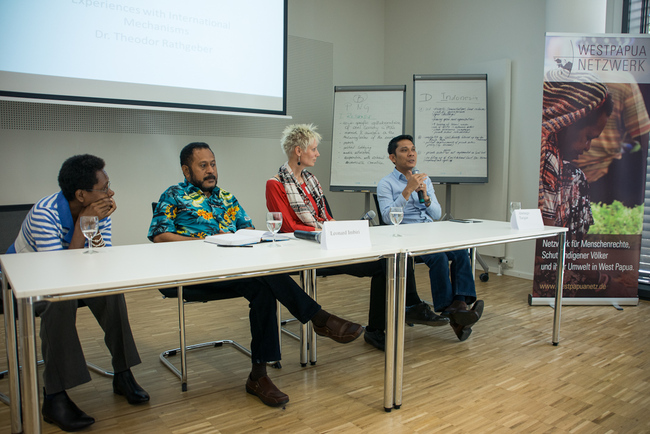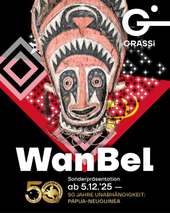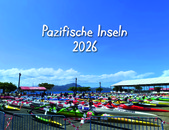Termine
| ||||
|
Sa, 30.03.2024 mehrtägig |
|
|||
September | ||||
|
Fr, 06.09.2024 mehrtägig |
|
|||
| ||||
|
So, 18.05.2025 mehrtägig |
|
|||
|
Mi, 28.05.2025 mehrtägig |
|
|||
|
Sa, 31.05.2025 mehrtägig |
|
|||
Juli | ||||
|
Fr, 04.07.2025 mehrtägig |
|
|||
September | ||||
|
Sa, 13.09.2025 mehrtägig |
|
|||
Oktober | ||||
|
Fr, 03.10.2025 mehrtägig |
|
|||
|
Fr, 17.10.2025 mehrtägig |
|
|||
|
So, 26.10.2025 11:00 Uhr mehrtägig |
|
|||
November | ||||
|
So, 16.11.2025 mehrtägig |
|
|||
|
Mi, 26.11.2025 mehrtägig |
|
|||
Dezember | ||||
|
So, 07.12.2025 11:00 Uhr |
|
|||
|
Mo, 08.12.2025 mehrtägig |
|
|||
|
Mo, 08.12.2025 18:30 Uhr |
|
|||
|
Di, 09.12.2025 18:00 Uhr |
|
|||
|
Di, 09.12.2025 19:00 Uhr |
|
|||
|
Di, 09.12.2025 20:00 Uhr |
|
|||
|
Do, 11.12.2025 18:00 Uhr |
|
|||
|
So, 14.12.2025 11:30 Uhr |
|
|||
|
So, 28.12.2025 15:00 Uhr |
|
|||
| ||||
|
Mi, 11.02.2026 19:30 Uhr |
|
|||
|
Fr, 27.02.2026 14:30 Uhr mehrtägig |
|
|||
April | ||||
|
Mo, 06.04.2026 mehrtägig |
|
|||
Dezember | ||||
|
Mi, 09.12.2026 19:30 Uhr |
|
|||
| ||||
|
Fr, 26.02.2027 mehrtägig |
|
|||
